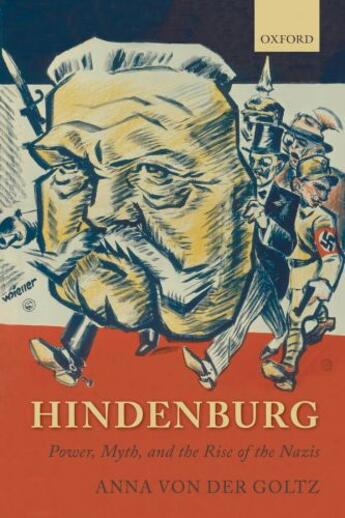-
Nombre de pages : (-)
-
Collection :
(-)
-
Genre :
(-)
-
Thème :
Non attribué
-
Prix littéraire(s) :
(-)
Résumé:
Hindenburg: Power, Myth, and the Rise of the Nazis reveals how a previously little-known general, whose career to normal retirement age had provided no real foretaste of his heroic status, became a national icon and living myth in Germany after the First World War, capturing the imagination of... Voir plus
Hindenburg: Power, Myth, and the Rise of the Nazis reveals how a previously little-known general, whose career to normal retirement age had provided no real foretaste of his heroic status, became a national icon and living myth in Germany after the First World War, capturing the imagination of millions. In a period characterized by rupture and fragmentation, the legend surrounding Paul von Hindenburg brought together a broad coalition of Germans and became one of the most potent forces in Weimar politics.
Charting the origins of the myth, from Hindenburg's decisive victory at the Battle of Tannenberg in 1914 to his death in Nazi Germany and beyond, Anna von der Goltz explains why the presence of Hindenburg's name on the ballot mesmerized an overwhelming number of voters in the presidential elections of 1925. His myth-an ever-evolving phenomenon-increasingly transcended the dividing lines of interwar politics, which helped him secure re-election by left-wing and moderate voters. Indeed, the only two times in German history that the people could elect their head of state directly and secretly, they chose this national icon. Hindenburg even managed to defeat Adolf Hitler in 1932, making him the Nazi leader's final arbiter; it was he who made the final and fateful decision to appoint Hitler as Chancellor in January 1933.
Donner votre avis














